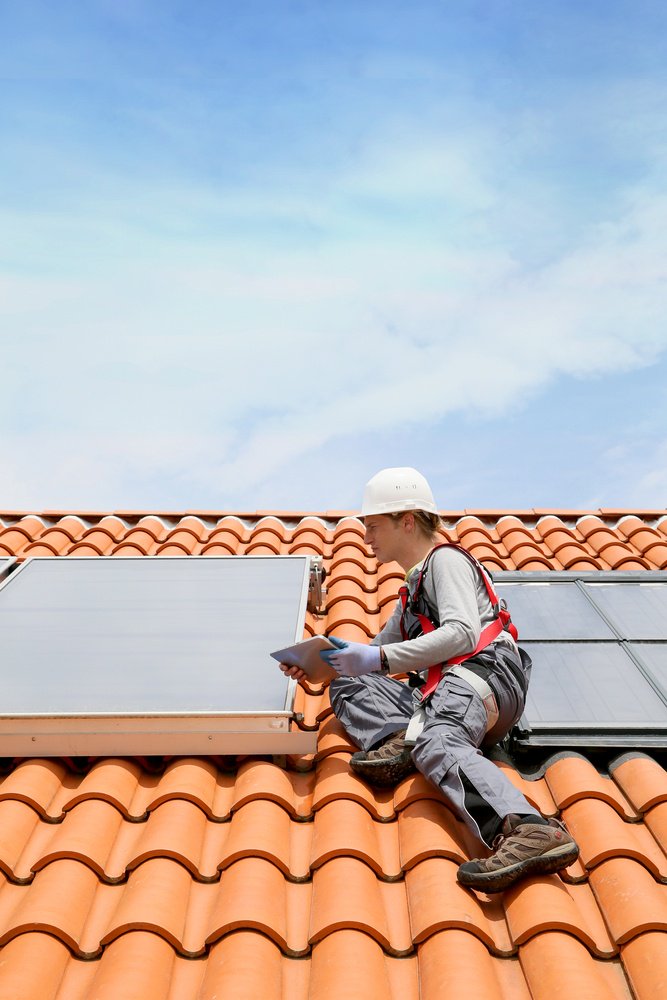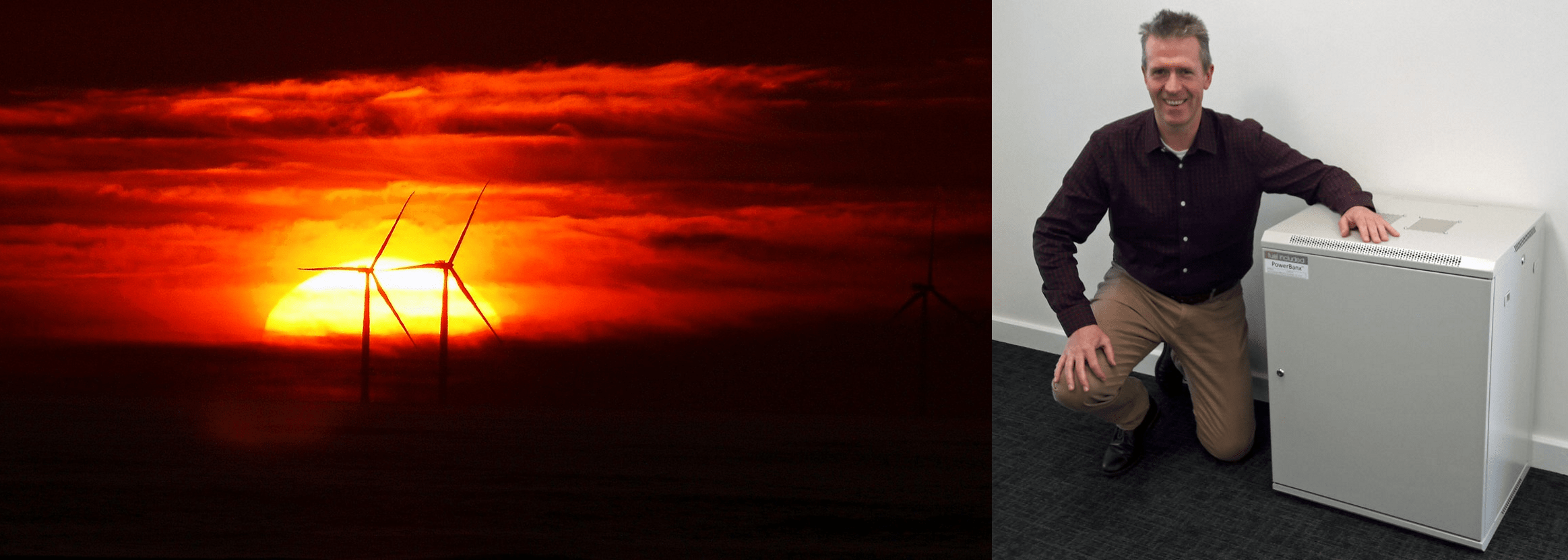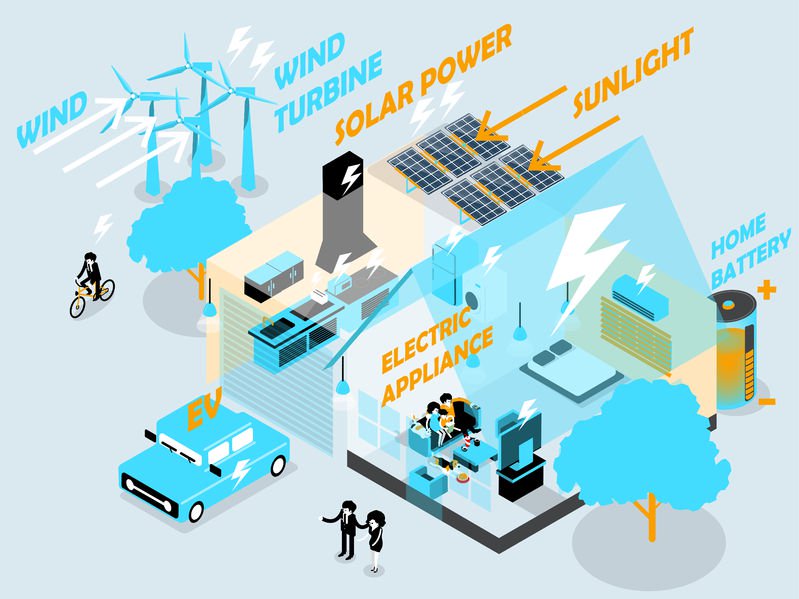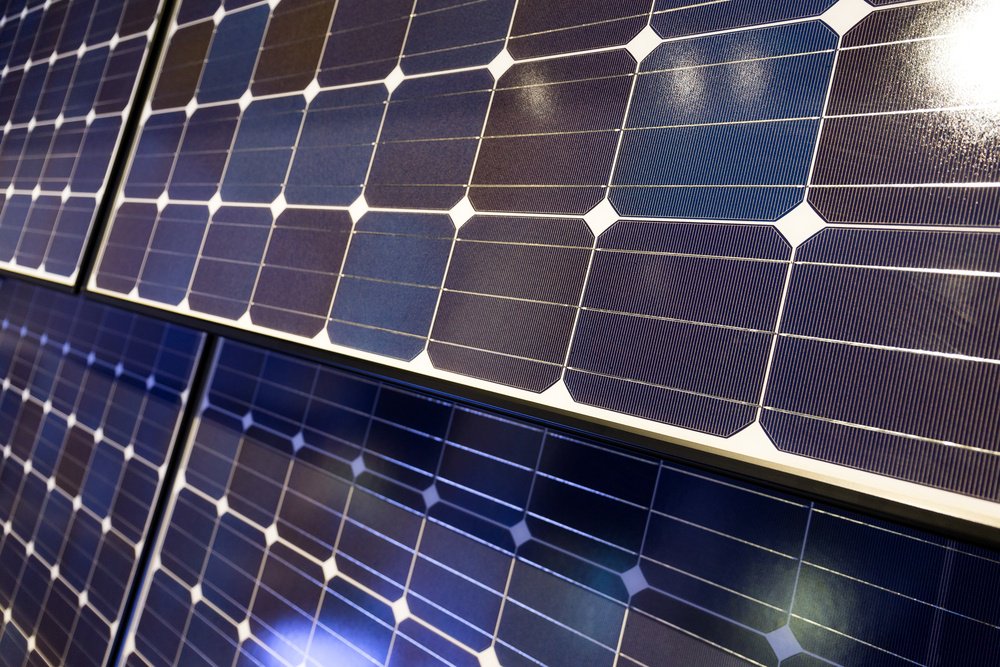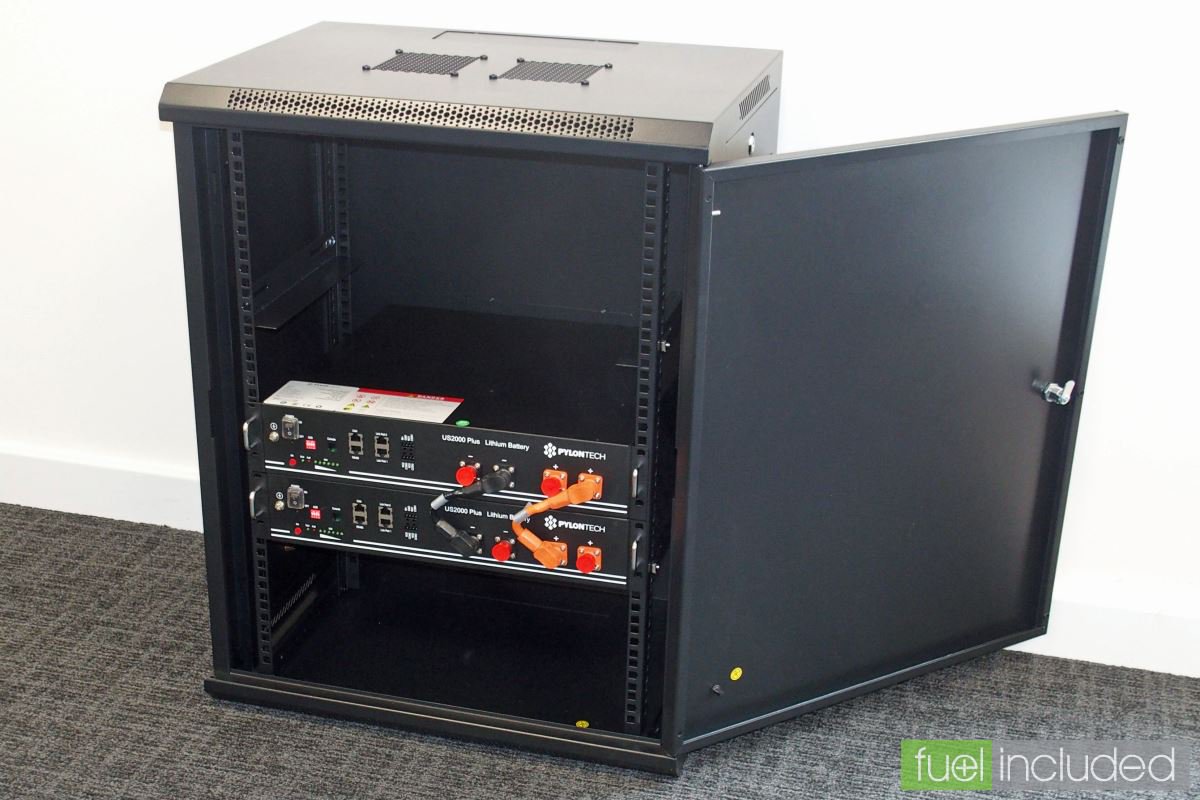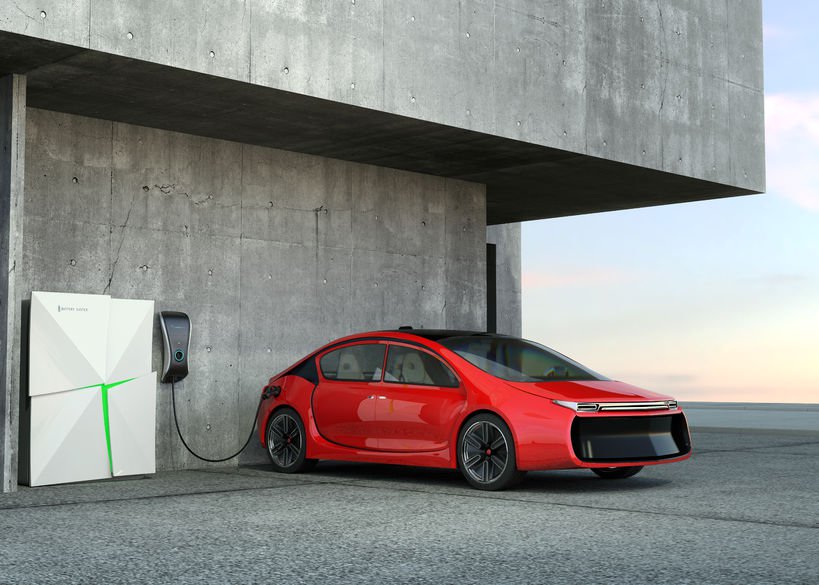How your home could generate, store and sell energy
As we move towards renewables in our efforts to decarbonise our economies, energy storage is becoming increasingly important. Could householders become an integral part of national electricity networks?When Adam Courtney decided he wanted to reduce the energy bills at his “not particularly energy efficient” Grade II listed house in Godmanchester, England, solar panels were the



